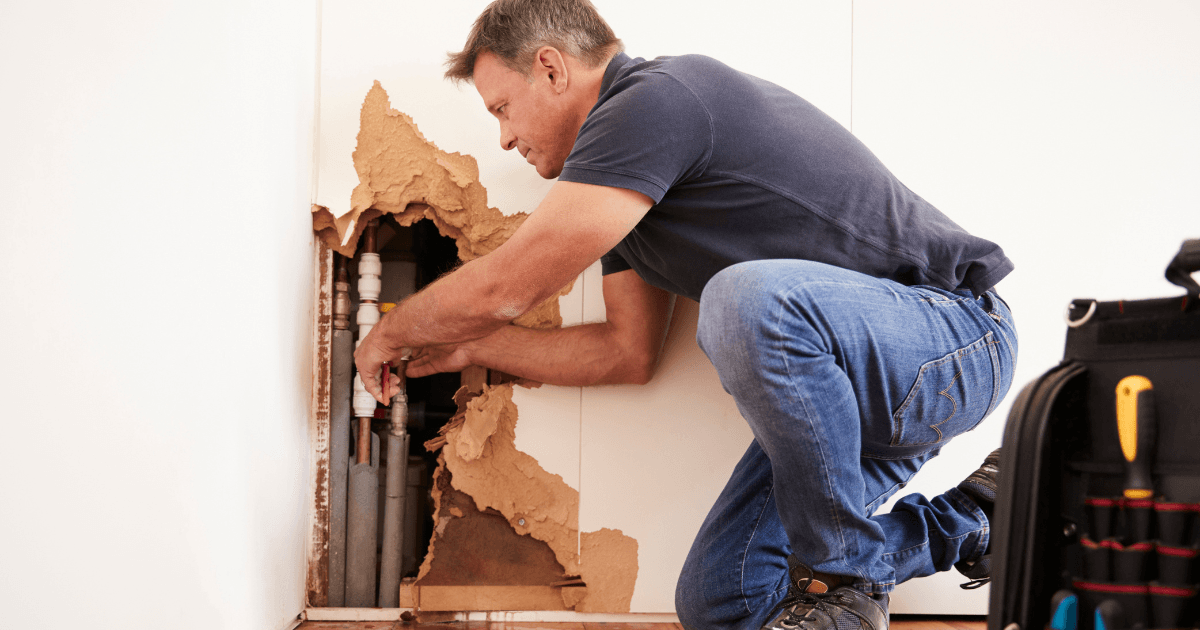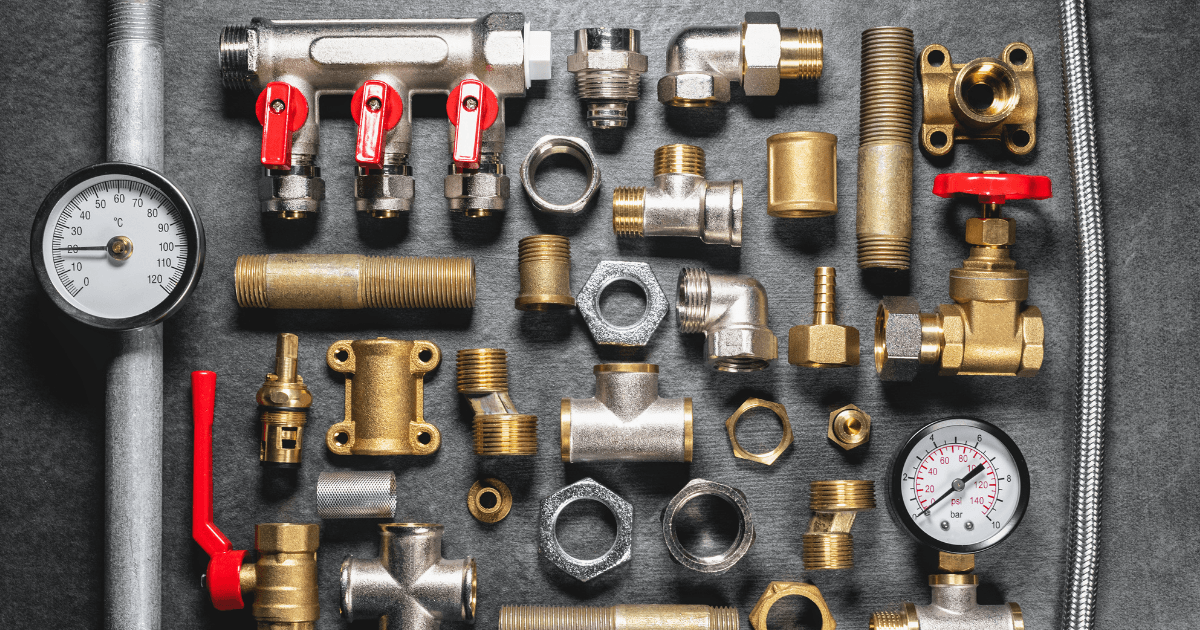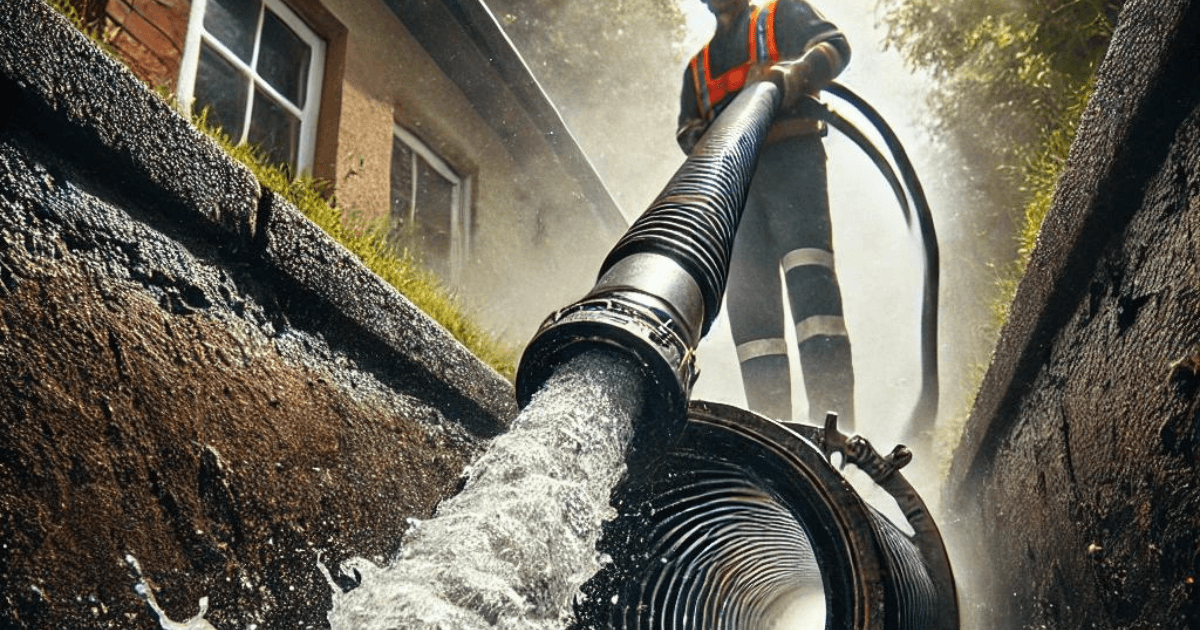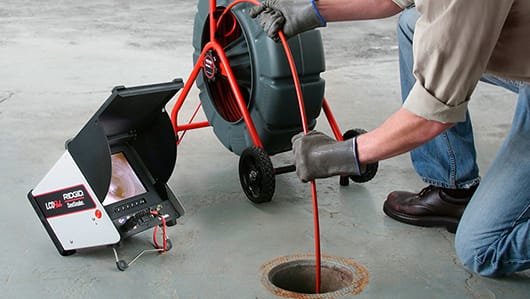Choosing a faucet may seem like a small detail in the grand scheme of kitchen or bathroom renovations, but it has a profound impact on both functionality and design. Most people approach this decision based on aesthetics or cost, but in doing so, they overlook fundamental elements like usability, durability, and long-term performance. In this article, we’ll apply first-principles thinking—breaking the problem down to its core fundamentals—to help you pick the perfect faucet that not only elevates your space but also enhances your daily experience. By deconstructing conventional assumptions and looking ahead to emerging trends, we’ll reshape how you think about this critical home fixture.
Why Faucets Matter: Beyond Aesthetics
At first glance, a faucet might seem purely decorative—something that enhances the style of your kitchen or bathroom. However, faucets are one of the most used fixtures in any home. Every day, from washing dishes to brushing teeth, the faucet is a functional centerpiece. Focusing on design without considering functionality leads to daily frustrations, while prioritizing cost alone may result in frequent replacements or repairs.
Core Fundamentals: Design, Usability, and Durability
- Design: While a faucet’s appearance is important, its interaction with other design elements like the sink, countertop, and cabinetry determines its overall aesthetic impact. The goal should be to achieve design harmony.
- Usability: The faucet must facilitate ease of use for all family members. If it’s too tall for the sink or has difficult-to-operate handles, the faucet’s practical benefits are undermined.
- Durability: A faucet’s longevity depends on the materials and mechanical engineering behind it. Cheap materials like plastic or subpar metal alloys may look fine initially, but wear out quickly. The use of brass, stainless steel, and ceramic disc valves improves long-term reliability.
The Role of Design—Matching Aesthetics with Functionality
Most consumers start with design, which makes sense because the faucet is a visible part of your kitchen or bathroom. However, design must go hand-in-hand with functionality and compatibility. Choosing a faucet just for its look can lead to issues like improper fit or uncomfortable usage. By applying first principles, we recognize that design and practical use are inseparable.
Breaking Down Design Assumptions
- Modern vs. Traditional: Conventional wisdom says modern designs are more functional, but this is not inherently true. What truly matters is whether the design integrates well with your overall kitchen or bathroom layout. A traditional bridge faucet may have better handle control than a single-handle modern fixture, depending on user preferences.
- Finish: The assumption that a trendy finish (like matte black or brushed gold) is always best ignores critical considerations like maintenance and durability. Finishes like chrome or brushed nickel resist corrosion and fingerprints better than darker, matte finishes.
Design Isn’t Just Visual—It’s Experiential
The experience of using the faucet should guide its design choice. For instance, a faucet with a high arc may look elegant, but if you have shallow sinks, the water might splash everywhere, creating more cleanup. A pull-down spray head might be functional in the kitchen, but its design can feel out of place in a vintage-style bathroom. Therefore, think of faucet design as part of an experiential equation—it must enhance both visual harmony and user interaction.
Prioritize Functionality—What Really Matters?
Functionality is often overlooked in favor of looks, but from a first-principles perspective, it should be central. A faucet that doesn’t work well is a daily source of frustration, no matter how beautiful it is.
Single-Handle vs. Dual-Handle Faucets
- Single-Handle Faucets: These are easier to use because you can control the temperature and water flow with one hand. In kitchens, where multitasking is common, single-handle faucets are highly functional.
- Dual-Handle Faucets: While they require two hands for precise temperature control, they offer a timeless aesthetic and better temperature precision, particularly in bathrooms.
First-Principles Analysis: The choice between single-handle and dual-handle faucets depends on the specific environment and use case. For kitchens, where efficiency is paramount, single-handle faucets with pull-down sprayers are ideal. For bathrooms, where aesthetics and temperature precision are more important, dual-handle faucets offer a better experience.
Sprayers: Pull-Down vs. Pull-Out vs. Side Sprayers
- Pull-Down: Ideal for large sinks and deep cleaning, providing greater reach for washing dishes.
- Pull-Out: Offers better maneuverability in small spaces where flexibility is needed.
- Side Sprayers: Traditional but less convenient; they take up counter space and require additional holes in the sink.
Functional Insight: The most ergonomic and space-efficient option for kitchens is the pull-down sprayer. However, in smaller sinks or bathrooms, a pull-out sprayer offers more flexibility.
Durability—Invest in Long-Term Quality
Consumers often gravitate toward lower-priced faucets, assuming that all faucets are created equal. However, from a first-principles standpoint, a faucet’s durability comes down to materials and engineering. Investing in high-quality materials like solid brass and ceramic disc valves significantly extends the lifespan of your faucet and reduces maintenance costs.
Material Selection
- Brass: Brass faucets are corrosion-resistant, durable, and can withstand high water pressure, making them the best material for long-term use.
- Stainless Steel: While slightly less durable than brass, stainless steel is highly resistant to corrosion and staining, making it ideal for areas prone to water splashes, like kitchens.
- Zinc Alloy: While cheap, zinc alloy lacks the durability of brass and stainless steel, which means more frequent replacements over time.
Valves: The Unsung Heroes of Durability
- Ceramic Disc Valves: The best faucets use ceramic disc valves, which are smooth, durable, and leak-proof. They outperform rubber washers and ball valves, which wear out more quickly.
First-Principles Insight: A faucet’s durability is a function of both material and mechanical integrity. Choosing solid brass and ceramic disc valves minimizes the likelihood of leaks and prolongs the life of the faucet, reducing the total cost of ownership.
Eco-Friendly and Smart Features
As sustainability becomes a priority for homeowners, water-saving faucets have moved to the forefront of modern faucet design. Additionally, smart faucets offer convenience, hygiene, and energy efficiency.
Water Efficiency
- WaterSense Certification: Faucets with this certification use 20% less water than standard models without sacrificing performance. This not only saves on water bills but also conserves natural resources.
- Flow Rate: For bathrooms, a flow rate of 1.5 gallons per minute (GPM) is recommended, while kitchen faucets generally use 2.2 GPM. Reducing flow rates can cut down on water usage without compromising function.
Smart Technology: A New Era of Faucets
- Touchless Faucets: Motion-activated faucets offer hands-free operation, which is both hygienic and convenient. In kitchens, where cross-contamination is a concern, touchless faucets help improve cleanliness. Some models also allow voice control via Amazon Alexa or Google Assistant, which adds a layer of convenience for busy households.
- Smart Water Monitors: Some advanced faucets can monitor water usage, alerting homeowners to leaks or excessive water consumption, helping to reduce water waste.
First-Principles Insight: From a sustainability standpoint, investing in water-efficient or smart faucets reduces environmental impact and lowers long-term costs, aligning with both modern values and functional needs.
Step 5: Setting a Budget and Balancing Cost with Quality
A common assumption is that price correlates directly with quality, but this isn’t always the case. While high-end faucets may offer superior materials and advanced features, mid-range options often balance cost and quality effectively.
What to Expect in Each Price Range
- Budget Faucets ($50-$150): Generally made of zinc alloy or plastic with basic designs and limited durability. These faucets may require replacement sooner.
- Mid-Range Faucets ($150-$400): Typically made of brass or stainless steel, mid-range faucets offer a combination of good design, durability, and functional features like pull-down sprayers and touchless technology.
- High-End Faucets ($400+): These faucets often feature premium materials like solid brass with advanced engineering and smart features, offering long-term durability and cutting-edge technology.
First-Principles Insight: It’s often best to avoid the extremes of either end. Instead, focus on mid-range faucets that offer the best balance of quality, aesthetics, and features. These faucets deliver better value for money over the long term.
Conclusion: Choosing the Perfect Faucet with Confidence
From a first-principles perspective, selecting the right faucet means thinking beyond appearance and price. It requires understanding the interaction between design, functionality, durability, and technological innovation. By breaking the problem down to its core components, you can make an informed decision that enhances both the usability and aesthetic





